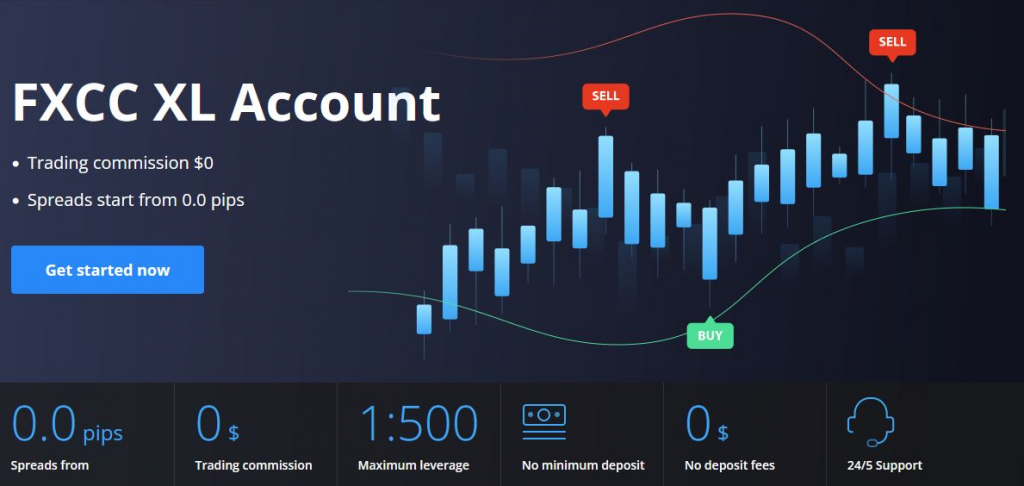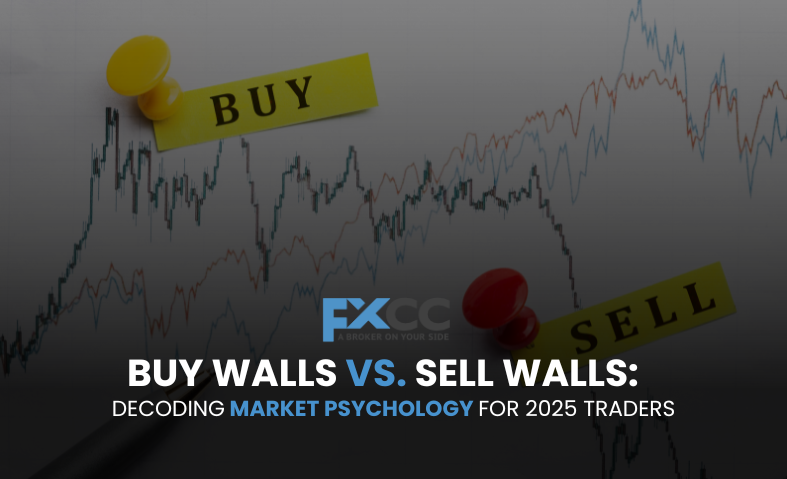The financial market often appears as a whirlwind of unpredictable price movements. Yet, beneath this apparent chaos lies a fascinating interplay of human emotion, strategic decisions, and increasingly, advanced algorithms. For traders operating in 2025, a crucial tool for navigation is understanding buy walls and sell walls. These aren’t physical barriers, but powerful market indicators that reveal the collective intentions of many participants.
Understanding Market Walls
A market functions through countless individuals and entities placing orders to buy or sell. All these orders are visible on a trading platform’s order book.
A buy wall forms when a significantly large volume of buy orders, or “bids,” clusters at or near a specific price. This concentration suggests a strong collective desire to acquire the asset at that level, creating a psychological “floor.” On a market depth chart, a buy wall appears as a tall, solid stack of buy orders below the current price. It signifies robust demand and a potential support level, implying the price may struggle to fall further.

Conversely, a Sell wall emerges when a massive number of sell orders, or “asks,” accumulate at a particular price. This represents a substantial collective willingness to divest the asset, creating a psychological “ceiling.” On the market depth chart, a Sell wall is depicted as a towering stack of sell orders above the current price. It indicates significant supply and a potential resistance level, suggesting the price might find it difficult to rise above this point.
Why Walls Are Crucial Indicators
Buy and sell walls serve as key psychological markers, deeply impacting how prices move in the market.
These walls are essential for spotting crucial support and resistance zones. A prominent buy wall below the current price often signals strong support, suggesting the price may struggle to decline further due to heavy buying interest. Similarly, a substantial sell wall above the current price acts as strong resistance, indicating the price could struggle to advance due to intense selling pressure. Furthermore, walls offer immediate insights into overall market sentiment. A significant buy wall typically reflects bullish sentiment, indicating optimism and strong buying appetite. In contrast, a prominent Sell wall usually signals bearish sentiment, suggesting pessimism and a collective desire to sell. Lastly, these formations frequently highlight potential turning points. When an asset’s price approaches a strong wall, it often reaches a critical juncture. When a buy wall stays strong, it often leads to a potential price rebound. If a Sell wall is successfully breached, the price could experience a substantial upward surge as the selling pressure is overcome.
The Psychology Behind Wall Formation
The emergence and strength of market walls are deeply rooted in the collective psychological behaviors and cognitive biases of traders.
The interplay of fear and greed dynamics is fundamental. Fear of missing out (FOMO) can draw buyers to a strong buy wall, hoping to ride an upward trend. Conversely, fear of incurring losses might compel sellers to exit into a Sell wall. Greed for profit also leads traders to place orders at these visible points. Additionally, herd mentality is powerful. When a large group of orders forms a wall, it can trigger a “follow-the-crowd” phenomenon, encouraging more traders to place orders around those levels, thereby reinforcing the wall’s strength. Lastly, anchoring bias contributes significantly. Traders often “anchor” their price expectations to these clearly visible levels. For example, a large buy wall at $100 may lead traders to perceive $100 as a “fair” buying price, strengthening its effect.
Algorithmic Influence in 2025
By 2025, algorithmic trading, driven by sophisticated computer programs, will exert an even greater influence on financial markets.
Algorithms can be strategically employed for automated wall creation and reinforcement. A major institution might program an algorithm to place a vast buy order at a specific price, aiming to support the asset’s price or accumulate shares efficiently. These algorithms operate with incredible speed and scale, far surpassing human capabilities, placing and canceling orders in milliseconds. This means walls can appear and disappear with extreme rapidity, challenging human traders to react in real-time. Moreover, algorithmic power introduces potential for manipulation. Despite regulations, large algorithmic orders can subtly influence market sentiment. “Spoofing,” for example, involves placing large, deceptive orders (temporary walls) with no genuine intent to execute, only to cancel them swiftly once other traders react.
Strategic Applications for 2025 Traders
For traders in 2025, effectively utilizing insights from buy and sell walls involves more than just their identification.
It is crucial to analyze market depth thoroughly. Go beyond simple price charts and delve into the order book and visualized market depth displays. These tools provide clear insights into where significant concentrations of orders lie. Furthermore, integrate wall analysis with other technical tools. Walls are powerful but should not be your sole basis for trading decisions. Combine wall insights with robust technical analysis (e.g., volume, trend lines, moving averages) and fundamental analysis (news, economic data). Traders must also maintain vigilance against potential manipulation. Not all walls represent genuine demand. Look for patterns of rapid order placements and immediate cancellations, which could indicate spoofing. Finally, develop a dynamic strategy adjustment. A strong buy wall might signal a potential long entry, using the wall as support. Conversely, a robust Sell wall could indicate a good moment for a short position or profit-taking. Always have a contingency plan for when a wall is unexpectedly broken.

Bottom Line: Overall, buy and sell walls are visual snapshots of collective market sentiment, highlighting areas of strong buying and selling interest. In 2025, with the advanced capabilities of algorithmic trading, these formations act as both potent indicators of support and resistance and, at times, as tools for market manipulation. Successful traders will not only master the identification of these walls but also gain a deep understanding of the underlying psychological forces and sophisticated algorithmic strategies that drive their formation, leveraging this comprehensive insight to make informed decisions and manage risk effectively.


